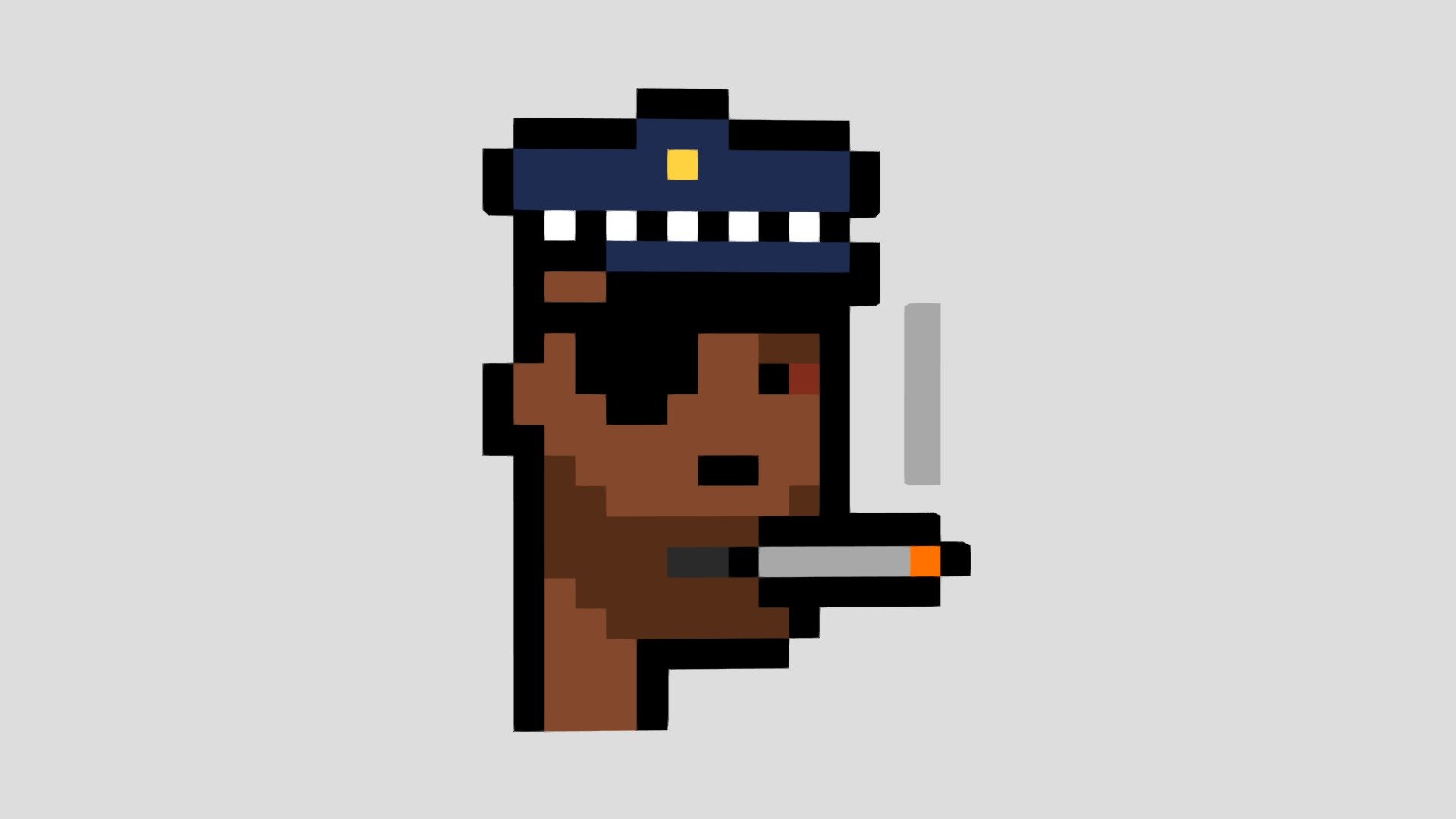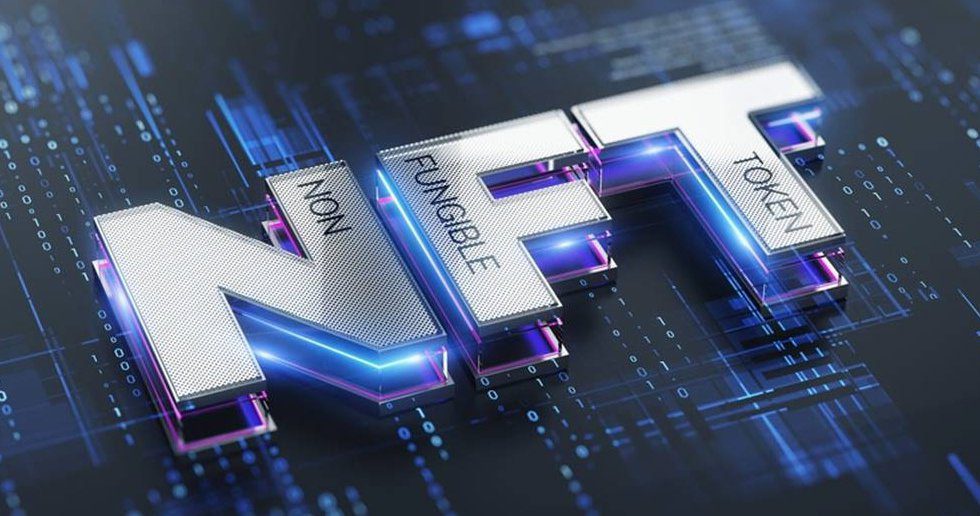NFTs Explained: A Guide for Beginners
Imagine receiving a painting that someone claims to be an original Leonardo Da Vinci. Initially, you may be skeptical, but if the person who gave you the painting is trustworthy, you might seek the expertise of an art professional to confirm its authenticity. This expert would examine the painting’s composition and, if they believed it to be in Da Vinci’s style, call in a team of appraisers to verify if it is an original or a well-made fake. While this may seem like a thorough process, it is necessary to determine the painting’s true value.
However, with the introduction of non-fungible tokens (NFTs), this process becomes much simpler. If an NFT is attached to a piece of digital art, you can be confident that it is the original work. If someone were to screenshot a digital artwork with an NFT, that screenshot would not have the cryptographic token attached to it, making it easy to identify it as a fake. There is no need for a team of experts to verify its authenticity, making the process much more streamlined.
This is precisely why digital artist Beeple was able to sell a piece of digital NFT art for a staggering USD 69 million. The NFT attached to the artwork confirms it as a Beeple original, making it impossible to misattribute it to another artist. This information alone showcases the tremendous value that NFTs bring to the digital art world.
To better understand NFTs, it is essential to examine their history. Colored coins on the Bitcoin blockchain are considered the first NFTs, but they were limited in functionality and not as effective as today’s NFTs. However, they paved the way for non-fungible tokens, and their potential was realized when the platform Counterparty was introduced in 2014. This peer-to-peer protocol allowed digital assets and games to be placed on the blockchain. Cryptopunks, 10,000 unique characters, soon became digital collectibles and were some of the first NFTs to be minted on Ethereum in 2017. Not long after, CryptoKitties made its debut, marking a turning point in the popularity of owning digital assets. As a result, investors, including SamsungNEXT and Google Ventures, recognized the immense possibilities of NFTs and began investing in them.
What are NFTs, and how do they work?
NFTs, or non-fungible tokens, are unique digital assets that are verified on the blockchain, ensuring that their ownership is secure and cannot be replicated. Unlike fungible assets, such as currency, non-fungible assets are unique and not interchangeable, making them individually valuable. NFTs can be used to represent digital art, collectibles, and other unique assets in a way that can be bought and sold, and their ownership can be verified on the blockchain. This verification makes NFTs more secure than physical assets since they cannot be lost, stolen, or damaged. The value of NFTs is subjective, based on the value that individuals place on the unique asset represented by the NFT. NFTs use complex algorithms on the blockchain to ensure their security and prevent replication, making them a popular choice for digital assets in the gaming, art, and collectibles industries.




